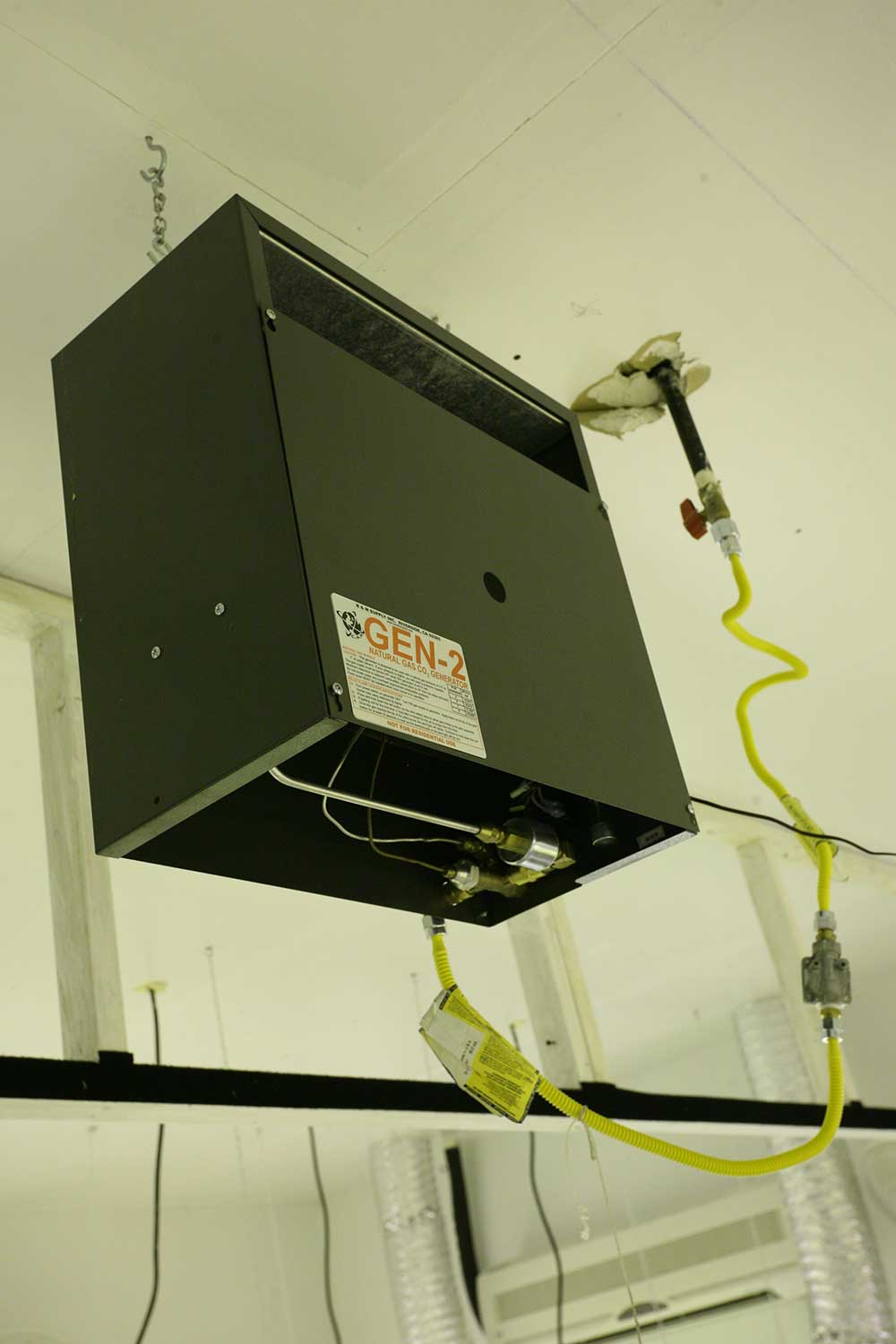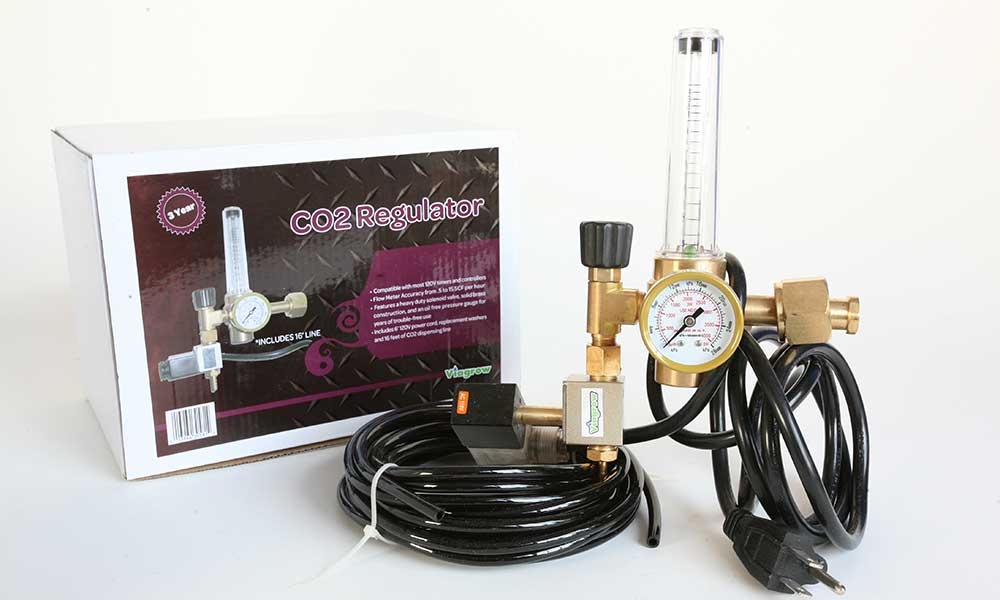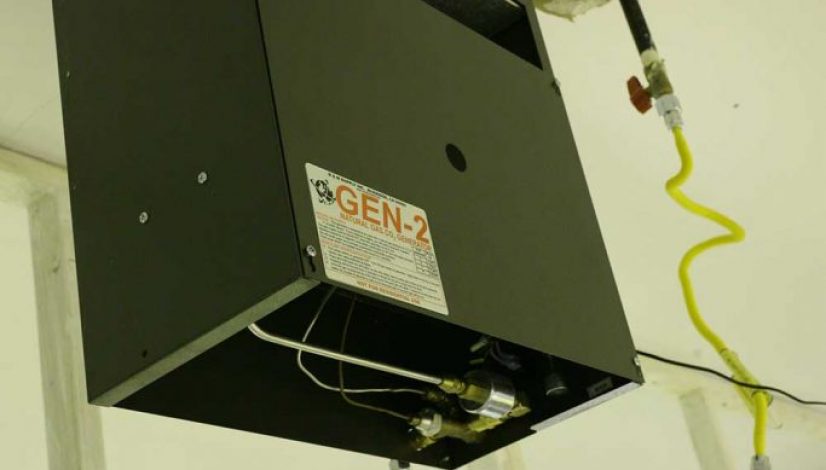Should I Add CO2 To My Indoor Garden?
The post Should I Add CO2 To My Indoor Garden? appeared first on High Times.
Looking for information regarding CO2 and cannabis cultivation? Wondering if supplemental CO2 will boost your yield? High Times Cultivation Editor Nico Escondido answers all of your grow questions in his weekly Nico’s Nuggets column.
The Question: Should I Add CO2 To My Indoor Garden?
What’s up, Nico!
First-time indoor grower here, but I am no noob. I grow BIG outdoors in NorCal, but this offseason, we are going indoors. My question is about CO2—should I add CO2 to my indoor garden? Will supplemental CO2 really help boost yield? I am used to growing 14’ outdoor trees, where yield is less of an issue than achieving higher quality, so now the tables are flipped, and I am indoors. I expect quality to be high, but what about yield? As always, you are da man! Thanks for everything High Times!
— JimmyGrowsBig
The Answer: How To Use CO2 To Pack Weight Onto Buds
Howdy, Jim, thanks for reading and writing in with a question!
It is true that the ongoing debate over outdoor vs. indoor growing often really comes down to quantity (yield) vs. quality (potency and flavor), with outdoor holding the former position and indoor the latter. However, this is not to say that high quality and potency are not achievable outdoors, nor large yields impossible to achieve indoors. One step towards increasing yield in an indoor garden is to supplement with CO2, which does aid in packing weight onto buds.
Let’s take a closer look at how plants use CO2 and the levels necessary for optimal plant (and flower) development.
CO2 & Cannabis Plants

Large-format indoor gardens utilize gas burners to create added CO2.
When we talk about adding extra carbon dioxide (CO2) to marijuana gardens, the science behind the theory isn’t specific only to cannabis. All plants need CO2 to grow, develop and live healthy life cycles. However, for flowering plants such as marijuana, adding CO2 to a garden can greatly increase the yield of each plant. Over 90 percent of the dry matter of cannabis is carbon, hydrogen and oxygen. The sole source of the carbon is from CO2 in the air.
It is important to note that a plant only needs and uses CO2 during daylight hours. And the more light that is available to a plant, the more CO2 it needs for photosynthesis. It is in this process that the carbon-fixing reaction occurs, splitting CO2 molecules into carbon (C) and hydrogen (H) to create food for the plant in the form of sugars and starches.
CO2 is measured in parts-per-million, or PPM. Ambient CO2 levels in the outdoor atmosphere average about 300 – 400 PPM, which is adequate for plants outside in nature. However, indoor gardens can control atmospheric conditions and sometimes choose to boost these levels in order to quicken plant development and pack weight onto buds. Increasing CO2 levels from 400 PPM to 1500 PPM can increase plant growth by nearly 40 percent.
However, there is such a thing as too much CO2. Much like human muscles on steroids, plants that take in too much CO2 can start to have tissue deterioration issues. When plant flowers are pushed towards these limits, the quality of the buds may start to diminish.
CO2 Garden Levels

For smaller indoor gardens, a CO2 regulator and timer are used with CO2 tanks for supplemental CO2 infusion.
Consider the following: In a California greenhouse, a plant in full sunlight at midday will receive approximately 5,000 lumens per square foot. At this light intensity, a cannabis plant can process up to 2,000 PPM of CO2. For 3,000 lumens per square foot, the plant could use up to 1,500 PPM. At 1,000 lumens per square foot, this amount drops to ambient levels of 300 PPM.
However, it is important to remember that these guidelines use lumens as benchmarks, whereas PAR (photosynthetically active radiation) is the better barometer for measuring the ratio of light-to-C02 in your garden.
This is because lumens measure all available light coming from the source, not the light that is actually utilized by the plants. Light that the leaves cannot sense for various different reasons becomes completely wasted as its photons do not get absorbed or used in the carbon-splitting process mentioned above. Thus, it would be better to calculate needed CO2 using PAR measurements. However, since PAR values within an indoor garden are difficult to ascertain (specialized equipment is needed), a safe recommendation is to keep indoor gardens around 1,000 PPM when supplementing your environment with CO2. This can increase garden yield by as much as 20 percent, while also keeping potency high and quality intact.
The post Should I Add CO2 To My Indoor Garden? appeared first on High Times.


